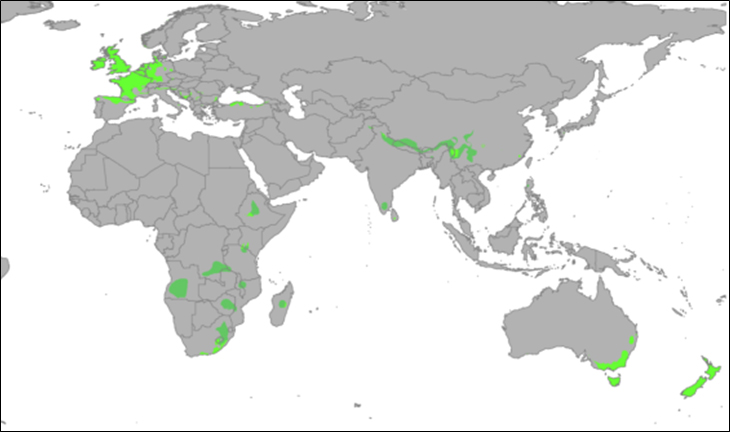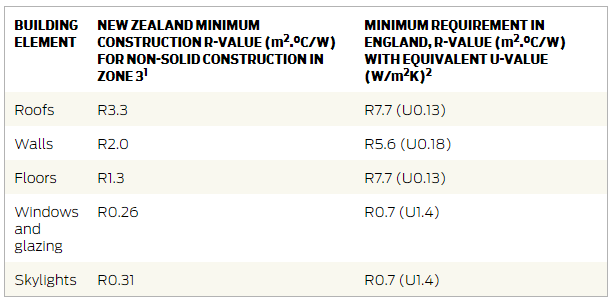Insulation in New Zealand Homes
How Do We Compare and what will change with the new code in November 2022?
When people think of the climate in New Zealand, many may envision sunny, blue skies stretching over green fields (with sheep!). However, compared to the rest of the world, NZ is surprisingly similar to another European country, the UK.
By looking at the Köppen climate map, there is evidence, where both countries fall in the same Oceanic Climate category, with very similar temperatures.

World map showing oceanic climate zones
By Koppen_World_Map_Hi-Res.png: Peel, M. C., Finlayson, B. L., and McMahon, T. A.(University of Melbourne)derivative work: Me ne frego (talk) – Koppen_World_Map_Hi-Res.png, CC BY-SA 3.0, https://commons.wikimedia.org/w/index.php?curid=14786605
Interestingly, people who moved to NZ from the UK often complain of the colder homes, despite having dealt with seemingly ‘colder and wetter’ climate in their home country.
So why are NZ homes so cold?
New home builds in both countries must adhere to their respective building codes and regulations. Herein lies the issue.
New Zealand new builds must comply with the New Zealand Building Code. This includes stipulations for energy efficiency such as indoor temperature and thermal insulation, as well as internal moisture controls for mold prevention with minimum R-values – measuring resistance to heat flow.
The UK has similar building regulations with approved documents providing technical guidance on energy efficiency, although verification is more thorough in certain areas. Requirements are in U-values – measuring the rate of heat transfer, which is comparable to the R-values here.
R-Values vs. U-values
Simply put, the higher the R-values, or the lower the U-values, the more effective the insulation becomes. With this in mind, one can compare the standards of both countries by converting the U-values to the equivalent of R-values. The difference is staggering:

Minimum construction R-values for non-solid construction in New Zealand’s zone 3 and the equivalent in England.
Source: https://www.buildmagazine.org.nz/articles/show/rating-our-building-regs-part-1
Based on this data, we can see that the NZ insulation standards are much lower, allowing over double the amount of heat loss through walls and windows. It is no wonder that NZ homes are so cold! Moreover, due to our substandard insulation requirements, NZ homes also cost more to heat, and thus fewer homeowners – as little as 5% – opt to install central heating whereas the rate is a much higher 95% for UK homes.
The good news is this will all be changing when the new code requirements come into effect from November 2022.
They will include:
Insulation to the ceiling = R6.6 (this has increased from R3.3)
Foundations must have perimeter edge insulation = R3.0 (up from R1.3)
Joinery must be thermally broken = R0.5
How can we make our homes better?
A colder home not only affects your comfort but can also negatively impact on your health with moisture issues and mould growth. That is why we have taken the initiative to offer all new homes a Healthy Homestar Package – upgrading elements to achieve a 6 Homestar Rated home by the NZ Green Building Council.
Your home will be warmer, healthier, and cheaper to run, in addition to extra long-term financial savings on mortgage length and interest^
Invest $5k and get up to $16k worth of Homestar upgrades back.
*Find out more today: https://www.hallmarkhomes.co.nz/homestar/
^subject to lending criteria



